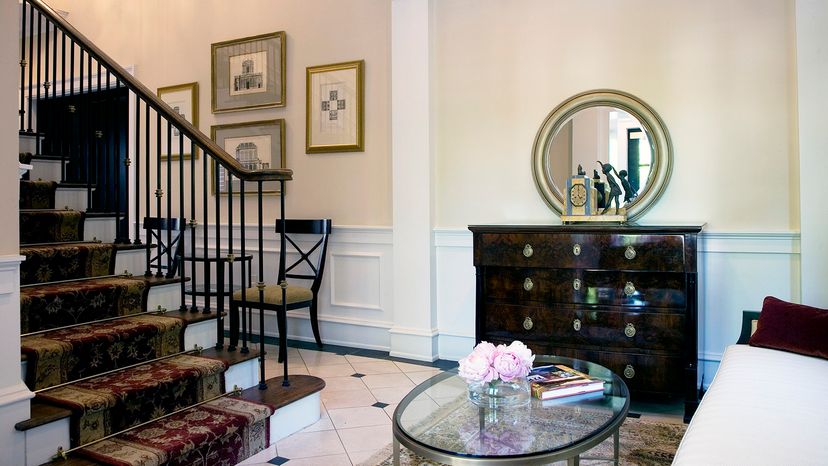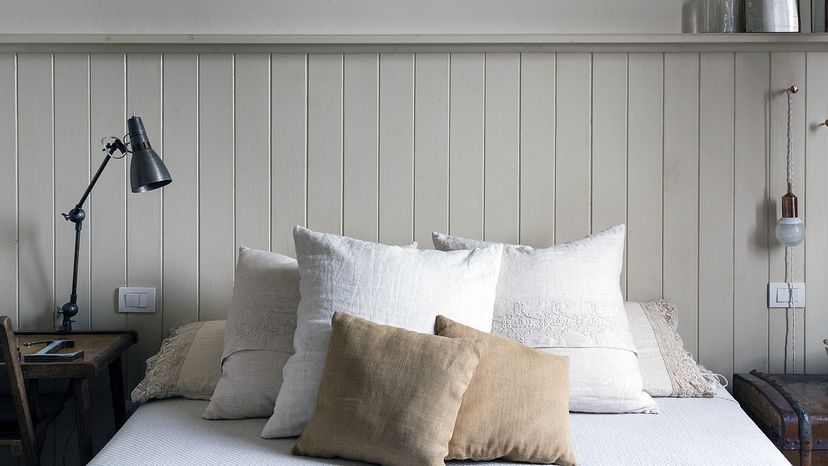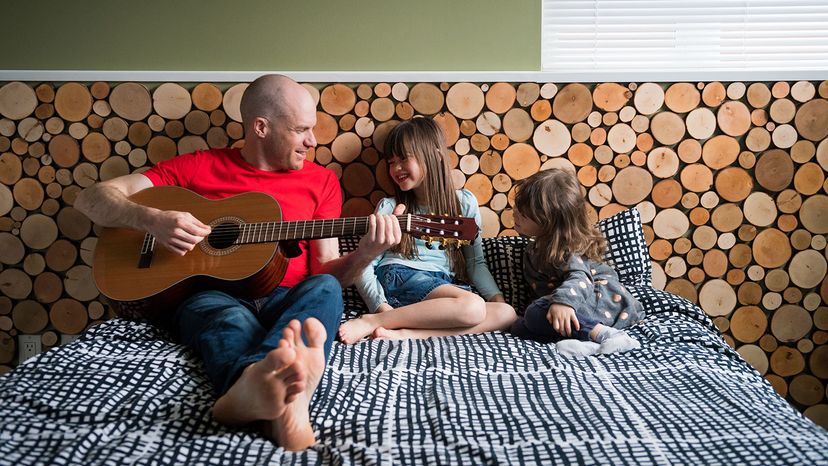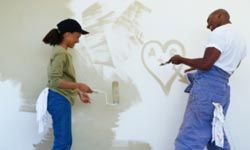According to Merriam-Webster, the original definition of wainscot referred to "a fine grade of oak imported for woodwork," and it was a term used as early as the 14th century. By the late 1500s, it had become a verb meaning "to line with boards or paneling."
Etymologically, the word stems from the Middle Dutch or Middle Low German wagenschot, meaning something like "wagon partition," so titled possibly because the same wood had been used in the construction of wagons.
Today, the term "wainscot" — and the more common "wainscoting" — refers to a type of paneling used on the interior of a space that covers the lower portion of the wall. While it has the protective function of adding a layer over the wall material and paint, the main purpose of the raised panels is to decorate a space.
Despite periods of heightened popularity, like the Arts & Crafts movement, wainscoting has never gone out of style, so it offers an accessible and time-tested option for adding more flair to a room.
"[Wainscoting is used] to break the wall space visually," says Bill Musso, president of Atlanta-based Musso Design Group. "It doesn't really have a function these days; it's more visual. Over the years, it's become more of a decorative thing."
What Is the Purpose of Wainscoting?
Nevertheless, Musso explains that you can use wainscot to keep walls safe from damage and blemishes in heavy-traffic areas like entryways, stairways and hallways — just the types of places people are likely to bump or run their hands over the walls.
Think of children with sticky fingers, and you will understand the purpose of shielding your paint or wallpaper with this protective layer.
Wainscoting vs. Chair Rail Molding
Chair rail molding and wainscoting are not the same thing, but they complement each other. In a dining room, for example, a wainscot cap, which is molding, may top the wall panels.
This cap molding can protect the walls from being banged up by chairs. Hence, the cap is typically referred to as a chair rail, although a chair rail can also float on the wall solo. You can add baseboard molding to the wainscoting panel to complete the look.



